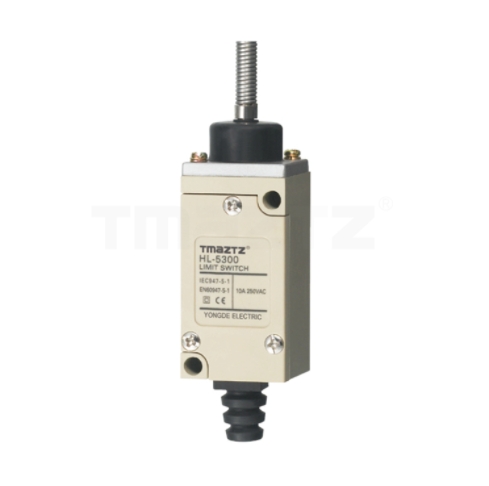What is the difference between regular and heavy duty switch?
Within the domain of electrical elements, switches act as unnoticed champions that enable the smooth management of diverse apparatuses and setups. Whether the task involves brightening a space, energizing industrial apparatus, or empowering the operations of intricate frameworks, switches assume a crucial function. This sector features two prevalent subtypes: standard switches and heavy duty switches, each meticulously engineered to address distinct requirements owing to their distinct attributes and proficiencies.
Regular Switches: Functionality and Applications
Regular switches, often referred to as standard switches, are the ubiquitous devices found in homes, offices, and commercial spaces. They are characterized by their uncomplicated design, simple operation, and cost-effectiveness. Regular switches are commonly used for controlling lights, fans, and other low-power electrical appliances. Their primary function is to either complete or interrupt the electrical circuit when operated, thus enabling or cutting off the flow of electricity.
One of the key attributes of regular switches is their limited load capacity. They are designed to handle relatively lower electrical currents, making them suitable for controlling devices with moderate power consumption. In residential settings, these switches are perfect for everyday applications, such as turning lights on and off or adjusting the speed of a ceiling fan.
Heavy-Duty Switches: Durability and Versatility
On the other end of the spectrum, heavy-duty switches, also known as high-capacity switches or heavy-duty limit switches, are engineered to handle more demanding electrical loads and harsher environmental conditions. These switches are designed with enhanced durability, ensuring reliable performance even in rugged industrial settings. Their robust construction allows them to endure mechanical stress, exposure to contaminants, and fluctuations in temperature.
The term "heavy-duty limit switch" specifically refers to switches equipped with an additional feature that enables them to detect the presence or absence of an object and trigger an action based on that detection. These switches find extensive use in automated systems, production lines, conveyor belts, and other industrial applications where precision and reliability are crucial.
Key Differences Between Regular and Heavy-Duty Switches
Load Capacity:
The most significant difference between regular and heavy-duty switches lies in their load-handling capacity. Regular switches are designed for lower current applications, typically up to 20 amps, making them suitable for residential and light commercial use. Heavy-duty switches, on the other hand, are built to handle significantly higher currents, often ranging from 20 amps to several hundred amps, catering to industrial machinery and high-power equipment.
Durability and Construction:
Heavy-duty switches are constructed using robust materials and engineering principles to withstand the wear and tear of industrial environments. They are often encased in sturdy housings that provide protection against dust, moisture, and physical impact. Regular switches, while functional, are not designed to endure the same level of harsh conditions.
Environmental Adaptability:
Heavy-duty switches are designed to operate reliably in a wide range of environmental conditions. This includes exposure to temperature extremes, vibration, and even corrosive substances. Regular switches are not equipped to handle such challenges and are best suited for indoor use in controlled environments.
Precision and Control:
Heavy-duty limit switches, a subset of heavy-duty switches, offer a distinct advantage in terms of precision. These switches are often used in conjunction with automated systems to ensure accurate object detection and trigger specific actions. This level of control is not a feature of regular switches.
Application Range:
While regular switches are primarily employed for basic lighting and appliance control, heavy-duty switches find applications in diverse industries such as manufacturing, automotive, logistics, and more. Their ability to manage high-power equipment and operate in demanding conditions makes them indispensable in industrial settings.
Opting for the Correct Switch for the Task
The selection of the suitable switch for a specific use is contingent on numerous factors, encompassing the electrical load, surrounding conditions, necessary accuracy, and the inherent nature of the managed system. While standard switches are fitting for daily residential and light commercial utilization, heavy-duty switches, encompassing heavy-duty limit switches, excel in industrial scenarios where dependability, endurance, and meticulous command hold utmost significance.
To sum up, the disparity between regular and heavy-duty switches is discernible in their capacity to manage loads, robustness, adaptability to varying environments, precision, and the extent of applications. The progression from fundamental on-off operations to sophisticated object sensing capabilities defines the shift from a standard switch to a heavy-duty limit switch. Grasping these distinctions is pivotal in forming well-informed judgments when implementing efficacious control systems in both household and industrial settings.
- 0




